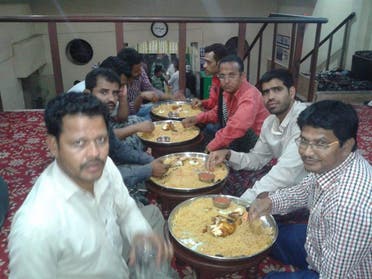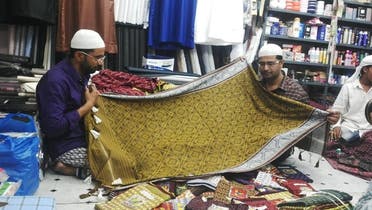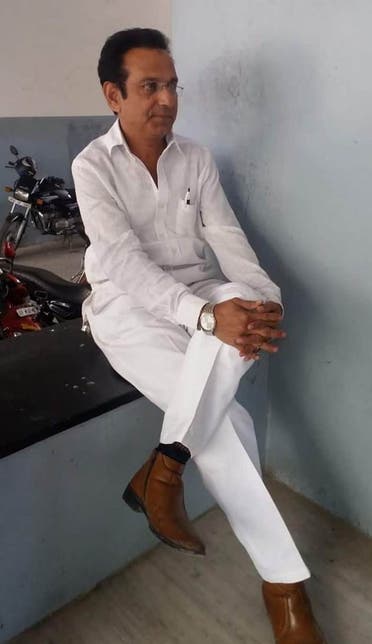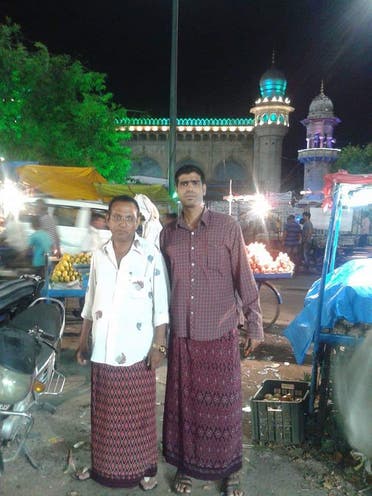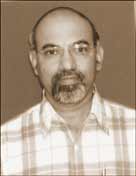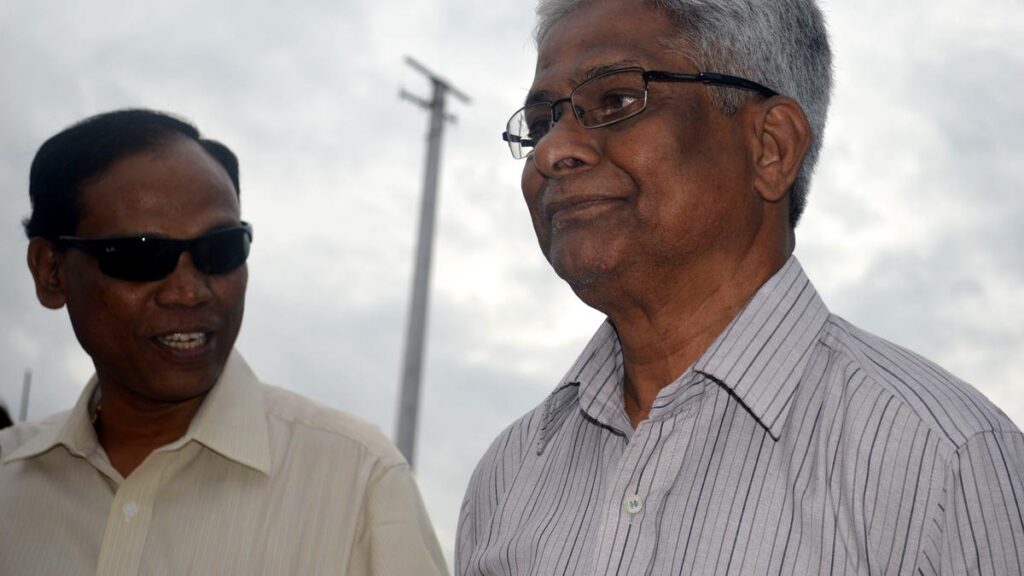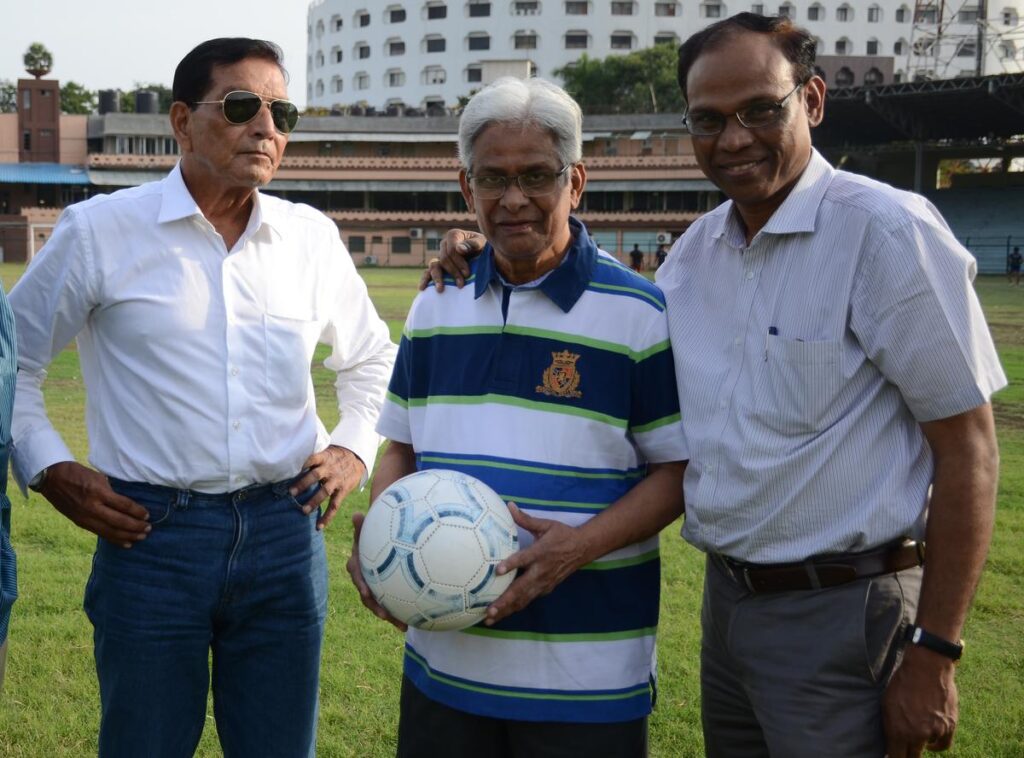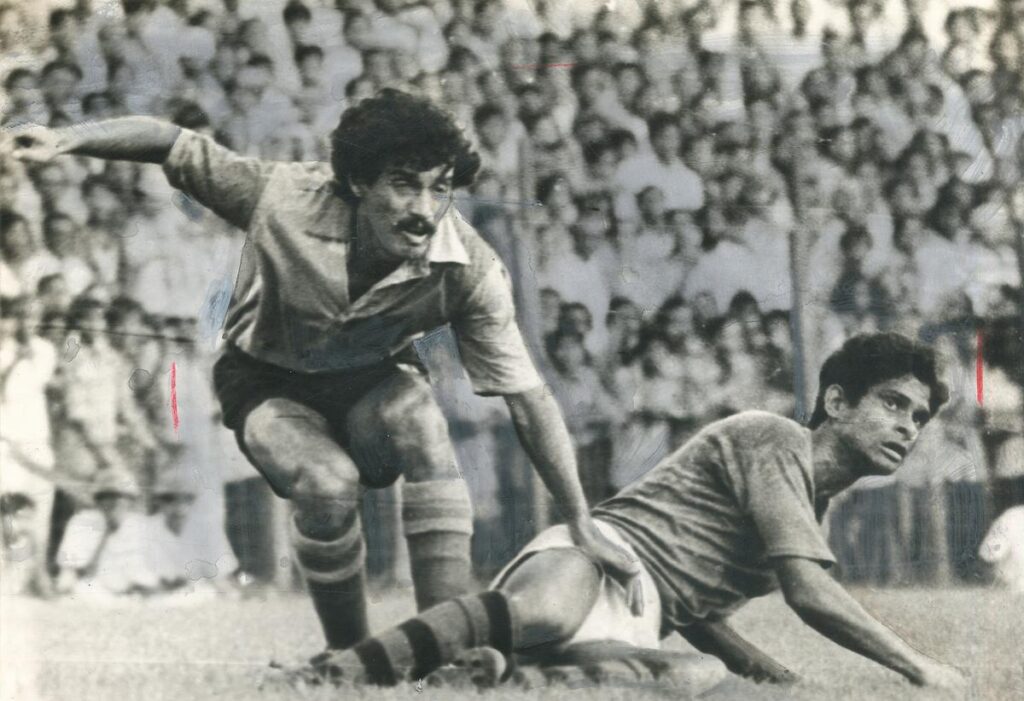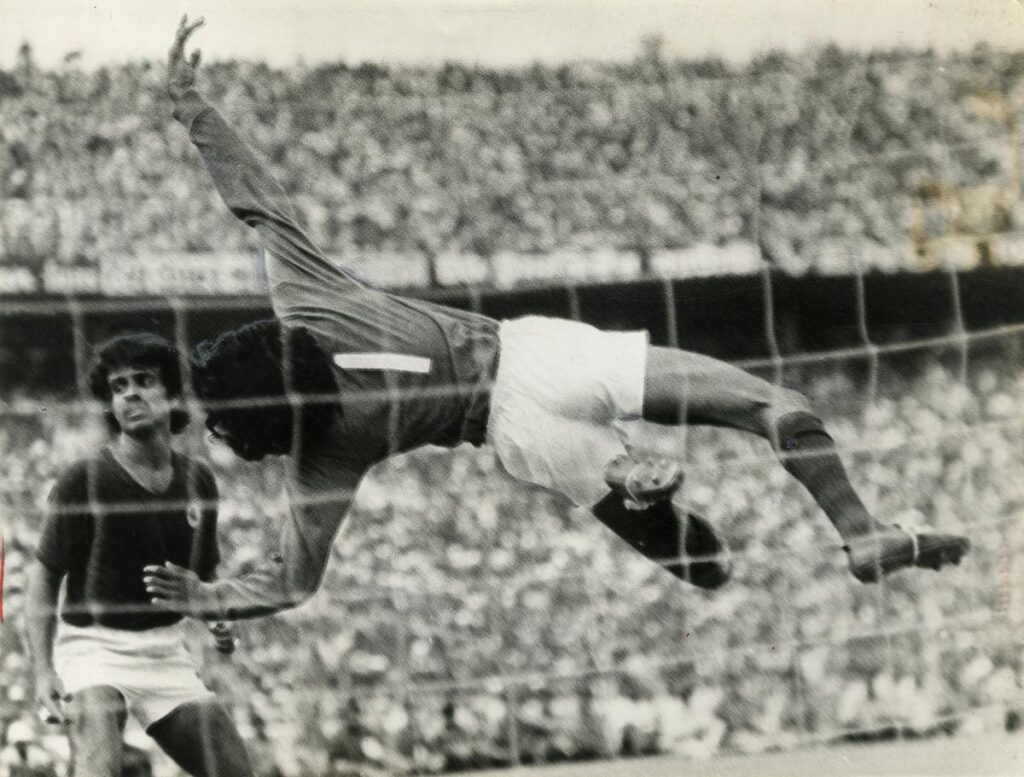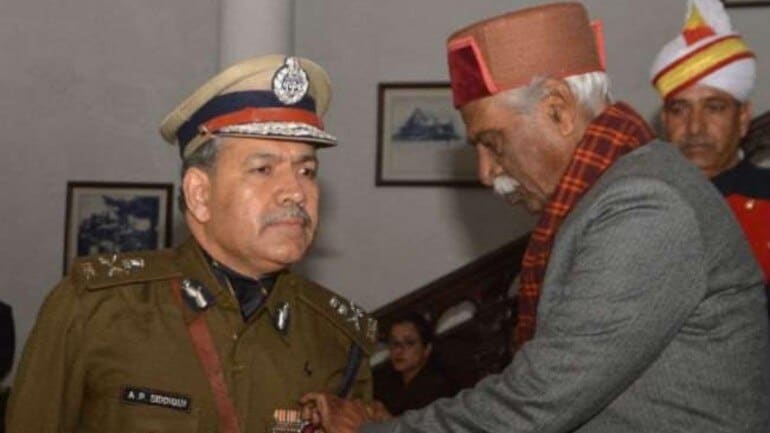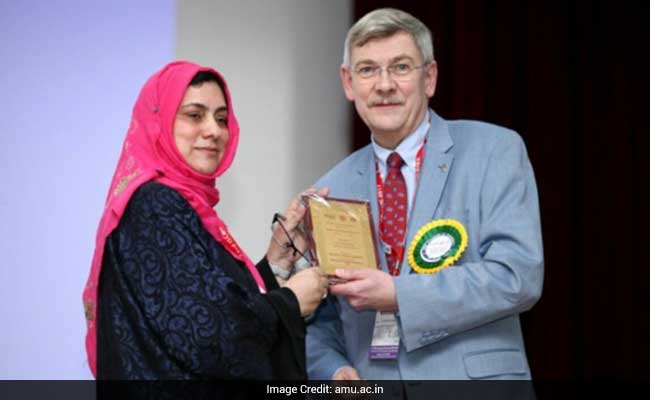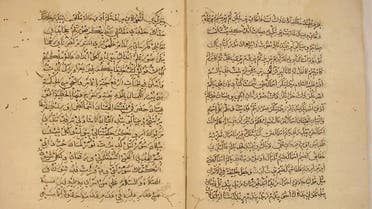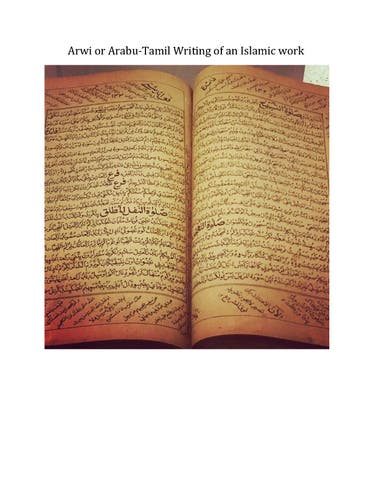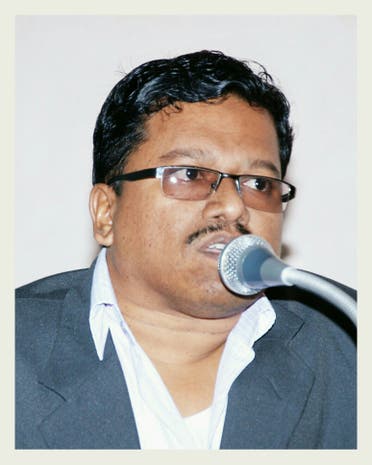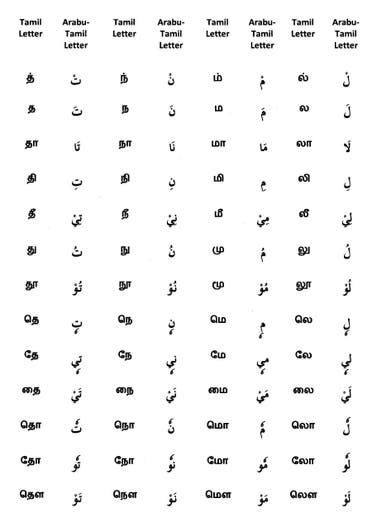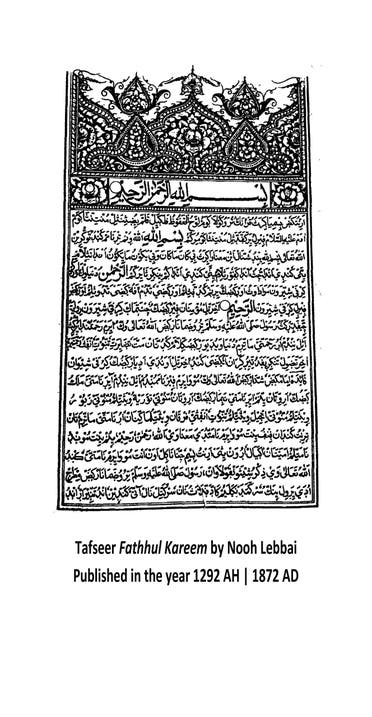Hyderabad, TELANGANA:
Idris Khan Mohammed, who runs the popular Mohammedia Shawarma, gets candid about his small business journey.
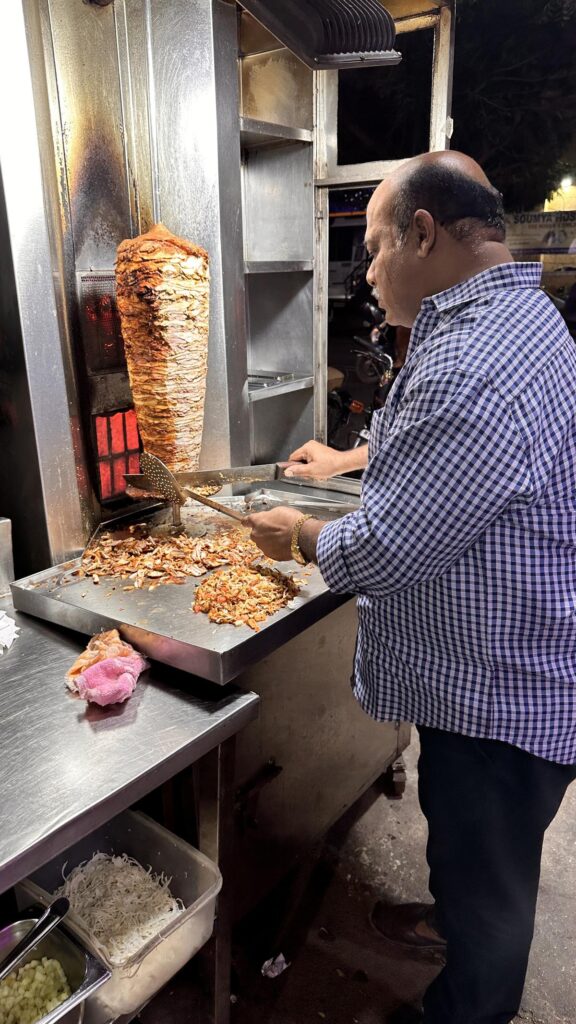
Hyderabad, which is known for biryani, haleem, mirchi bajji and Irani chai has a new contender in popularity: the shawarma. The credit largely goes to one man — Idris Khan Mohammed. He is an elusive man but the brand he has created —Mohammedia Shawarma — is everywhere in Hyderabad.
His food can be found across the city, in malls, on street corners, and restaurants. In the evening, he sits in a small cubicle reached by a fire-escape and watches the CCTV feed of his dozens outlets. “I start my day at 4 a.m. to supervise the arrival of meat from three chicken producers. I check the quality of all the ingredients to ensure that my outlets have the same quality, be it in Qadeer Bagh or DD Colony,” says Mr. Khan.
Beginning as a DTP operator in a financial firm, Mr. Khan dabbled in real estate until the 2009 Telangana agitation crushed his plans. Mr. Khan took the calculated risk of starting a small business. “I realised that shawarma as a snack requires very little investment. But it was available only in two or three places in the city. I decided I can do this business with a low investment.” He invested ₹80,000 in 2011 and started the business in the Qadeer Bagh area just beside the place where he has his office now.
“I used to use one or two chickens. Make the preparation at home and bring it here. Before this, I had never cooked salan (curry) or even entered the kitchen. Some days, I sold one. Other days I could not sell any,” says Mr. Khan. He tried to hire an expert chef but to no avail. “Then I turned to YouTube and watched hundreds of videos and noted down the ingredients. I noted they had 30 ingredients in common. I got my formula by tweaking them. Using that information, I turned around my business,” says Mr. Khan who now uses 40 kilograms of green chillies every day for the marination process.
Shawarma is a middle-eastern dish that uses a vertical rotisserie to turn and roast thin slices of meat which is used as a filling, along with mayonnaise and chopped vegetables to stuff bread and served as a roll. Idris had spiced it up with chillies and turned it into an appetising and filling snack that is popular among the younger people who eat on their bikes and scroll through Instagram reels and YouTube videos about food.
“By 2013, people started enjoying my shawarma and I had to start a token system as the crowd became unmanageable. The kitchen of my rented house was not big enough to cook so much food,” says Mr. Khan. He bought a larger premises and built a warehouse as well as a palatial home in an area known as Golden Heights. How many shawarmas does he sell? Mr. Khan remains tightlipped about the figure. But a back of envelope calculation yields a figure upwards of 10,000 per day.
Now there are dozens of franchisees who invest money and lease premises while Mr. Khan provides the chefs and processed food. For a man who began with a hired help, a scooter and a kitchen in a rented house; Mr. Khan now employs hundreds of people who source, process, cook, slice up meat, and deliver his shawarmas through the city.
source: http://www.thehindu.com / The Hindu / Home> News> India> Telangana / by Serish Nanisetti / September 16th, 2023

